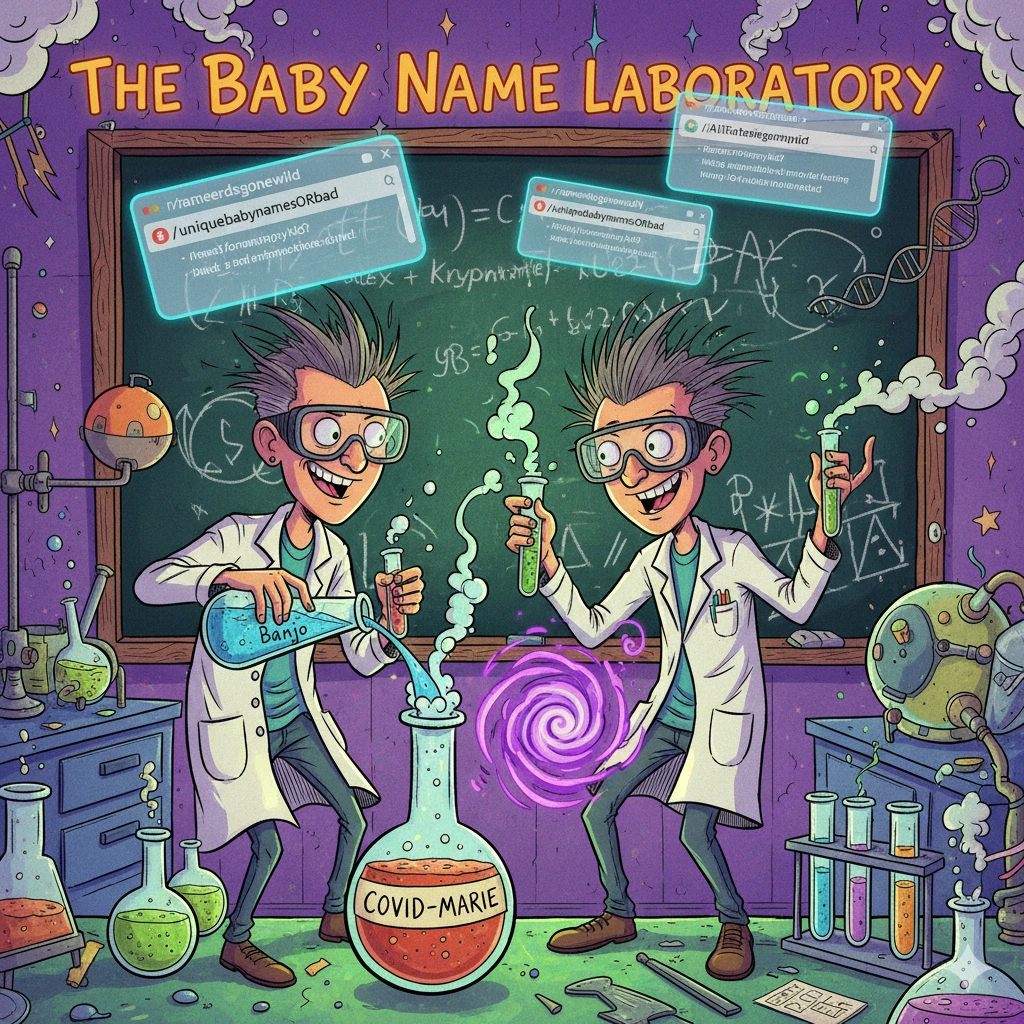| Su | Mo | Tu | We | Th | Fr | Sa |
|---|---|---|---|---|---|---|
| 28 | 29 | 30 | 1 | 2 | 3 | 4 |
| 5 | 6 | 7 | 8 | 9 | 10 | 11 |
| 12 | 13 | 14 | 15 | 16 | 17 | 18 |
| 19 | 20 | 21 | 22 | 23 | 24 | 25 |
| 26 | 27 | 28 | 29 | 30 | 31 | 1 |
Attention❗ To save your time, in order to download anything on this site, you must be registered 👉 HERE. If you do not have a registration yet, it is better to do it right away. ✌

SpicyMags.xyz

SpicyMags.xyz

They Named Their Baby WHAT?! 🤯 The Wildest Viral Naming Stories of All Time!
Snowpiercer S01E06
Date: 6 Oct 2025 23:57:33
2160p (4k UHD) / WEBRip
IMDb
More than seven years after the world has become a frozen wasteland, the remnants of humanity inhabit a gigantic, perpetually-moving train that circles the globe as class warfare, social injustice and the politics of survival play out.
Pierre Bourdieu: Theory and Politics
Date: 6 Oct 2025 23:55:58
Pierre Bourdieu: Theory and Politics
by Ágoston Fáber
English | 2026 | ISBN: 1032752556 | 200 Pages | True ePUB | 2.2 MB
by Ágoston Fáber
English | 2026 | ISBN: 1032752556 | 200 Pages | True ePUB | 2.2 MB
Practice Theory and Process Philosophy: Towards a Sociology of Becoming
Date: 6 Oct 2025 23:49:34
Practice Theory and Process Philosophy: Towards a Sociology of Becoming
by Stanley Blue
English | 2026 | ISBN: 1032610409 | 228 Pages | True ePUB | 3.4 MB
by Stanley Blue
English | 2026 | ISBN: 1032610409 | 228 Pages | True ePUB | 3.4 MB
Ozzy Osbourne: No Escape from Now (2025)
Date: 6 Oct 2025 23:48:44
1080p (FullHD) / WEB-DL
IMDb
Ozzy Osbourne faces his identity and mortality after his world stops. Dealing with health issues and Parkinson's, he questions if he can perform again while music remains his life's cornerstone.
Qualitative Social Research: Critical Methods for Social Change
Date: 6 Oct 2025 23:43:23
Qualitative Social Research: Critical Methods for Social Change
by Priscilla Dunk-West and Kate Saxton
English | 2024 | ISBN: 1032327596 | 116 Pages | True ePUB | 0.96 MB
by Priscilla Dunk-West and Kate Saxton
English | 2024 | ISBN: 1032327596 | 116 Pages | True ePUB | 0.96 MB
Wild Cards S02E11
Date: 6 Oct 2025 23:43:00
1080p (FullHD) / HDTV
IMDb
A spirited con woman and a demoted by-the-book detective are given the chance to redeem themselves. The catch? They have to find a way to work together each using their unique skills to solve crimes.








